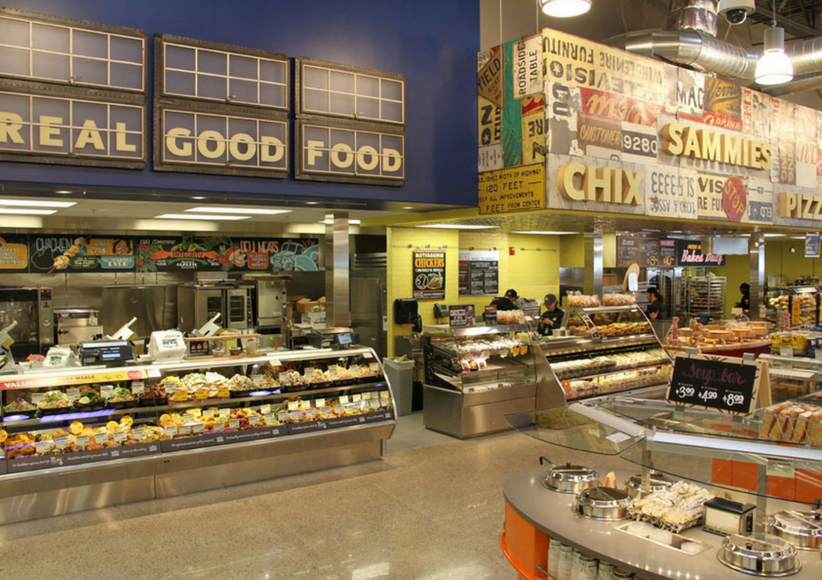
Restaurants enjoyed a positive end to 2017 as the fourth quarter brought the industry its first quarter of sales growth in two years, per a recent report by Nation’s Restaurant News. They will look to sustain this momentum as 2018 begins, though competition is mounting as nontraditional challengers look to steal market share. Two such challengers are convenience stores and grocery stores, whose innovation strategies are beginning to surface as new options in the race for “share of stomach.”
Convenience Stores Advance Quick Service Capabilities
Similar to 7-11’s Fresh To-Go offerings, QuickTrip began rolling out their QT Kitchens concept with fresh, made-to-order meals in 2014. Now fully launched and integrated with their mobile app, QuickTrip is offering a dining experience aimed squarely at quick-service guests—especially in the breakfast and lunch dayparts when meals are consumed alone and time is a constraint. QuickTrip is not alone, with Southern travel center Buc-ee’s offering fresh, made-to-order food via in-store digital ordering kiosks. The convenience store threat is likely to grow as operations continue to mature and adoption rises, meaning quick service brands who are unable to compete risk accelerated traffic losses.
Grocery Chains Test Casual Dining Concepts
Grocery dining has traditionally been a staple at chains like Whole Foods, but Kroger is innovating with their Kitchen 1883 restaurant. Launched at a single location in 2017, Kitchen 1883 has seen success in early tests and Kroger anticipates continued advancement of the concept. Located adjacent to Kroger stores and featuring a separate entrance, Kitchen 1883 underscores Kroger’s commitment to be a part of the retail meal space across grocery, meal kits, and now restaurant offerings. And going back to Whole Foods, Amazon has begun using the recently acquired grocer to expand their Amazon Fresh offering. It is not hard to imagine this becoming a further threat to quick service and fast casual concepts as Amazon integrates their logistics capabilities with Whole Foods’ grocery systems.
What’s Next for Restaurants?
Lift from delivery services, to-go, and order ahead features have brought welcome gains for quick service and fast casual operators. Unfortunately, these capabilities have a low barrier to entry and do not create lasting advantage. Moving forward, successful restaurants will be those who are able to harvest value from operational and customer data to evolve their businesses in ways that less mature brands cannot easily replicate. Additionally, restaurants should examine their core competencies in fields like operating kitchens, attracting, training, and retaining young workforces, and real estate investments while also identifying opportunities to apply this expertise in new markets or fields. One example might be a ‘food truck bootcamp,’ where aspiring restauranteurs learn from experienced operators and promising concepts are nurtured under an innovation portfolio.
Despite sales headwinds over the past two years, the restaurant industry continues to be an attractive destination for new entrants. 2018 will likely see successful brands continue their uncommon commitment to innovation.
Interested in learning more about this topic? Feel free to reach out to us at marketing@credera.com.
Contact Us
Ready to achieve your vision? We're here to help.
We'd love to start a conversation. Fill out the form and we'll connect you with the right person.
Searching for a new career?
View job openings